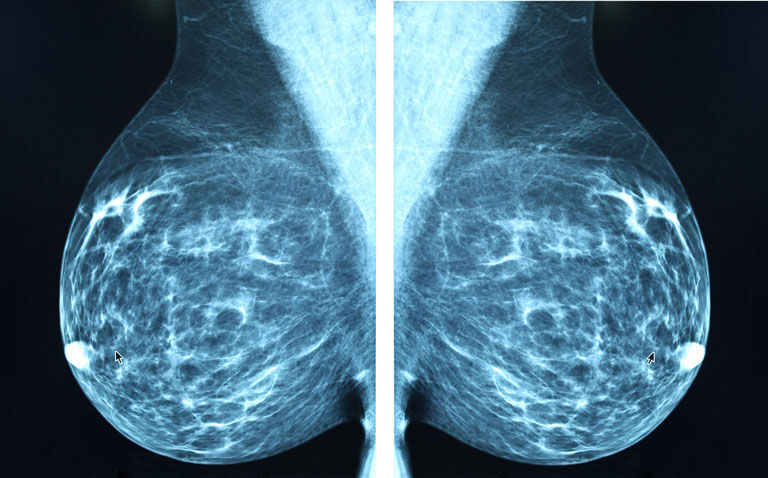Women found to have dense breasts and benign breast cancer upon mammography screening have an increased risk of future breast cancer, according to a recent Korean study
The presence of fatty or dense breasts and benign breast cancer seen on mammography screening in Korean women is associated with a more than two-fold higher risk of future breast cancer. This was the main finding of a retrospective analysis by a team of Korean researchers.
Several factors have been identified as being associated with an increased risk for breast cancer in women which include increasing age, genetics, a family history of the cancer and prior treatment with radiation therapy.
Another factor is the presence of dense breasts upon mammography and one meta-analysis has suggested that the percentage dense area seen on mammography is a strong breast cancer risk factor.
A future factor associated with a higher breast cancer risk is the presence on screening, of both proliferative or non-proliferative benign breast disease, regardless of a family history of breast cancer.
To date, there are limited data on the combined impact of both dense breasts (based on the Breast Imaging Reporting and Data-System (BI-RADS) and the presence of benign breast cancer. One study has indicated that women with benign breast disease and dense breasts are at high risk for future breast cancer.
However, the study was undertaken largely in Westernised populations and there is little information on how the combination of dense breasts and benign breast cancer affect the risk among Asian women, especially given how Asian women have a higher percent breast density compared to Caucasian women.
In the present study, the Korean team retrospectively examined results from a breast screening mammography programme conducted in the Korean population among women 40 years of age and older. These women were followed until the data of their breast cancer diagnosis although individuals with a prior history of breast cancer were excluded.
Breast density was categorised using BI-RADS from A to D based on increasing levels of breast density. The primary outcome of interest was breast cancer and the results were adjusted for several factors such as a family history of the disease, age at menarche, number of children etc.
Dense breasts and breast cancer development
The analysis included 3,911,348 women in whom 58,321 breast cancers developed in women with a mean age of 51.8 years during a median follow-up of 10.6 years.
Breast cancer developed in women with both a higher level of benign breast cancer (18.4% vs 13.3%, p < 0.01) and more dense breasts (55.4% vs 38.4%, p < 0.01) at baseline.
When comparing the different BI-RADs categories, there was an increasing risk of breast cancer with higher breast densities in women who had benign breast cancer.
For example, in women with BI-RADS category A, there was a 49% higher risk of breast cancer in those identified with benign breast cancer (hazard ratio, HR = 1.49, 95% CI 1.40 – 1.58) compared to those in BI-RADS category A but without benign breast cancer.
This risk more than doubled for women with the highest category (BI-RADS D) and benign breast cancer (HR = 2.75, 95% CI 2.63 – 2.88).
The authors concluded that both higher breast density and the presence of benign breast cancer are linked to a higher risk of subsequent breast cancer.
Citation
Kin S et al. Mammographic Breast Density, Benign Breast Disease, and Subsequent Breast Cancer Risk in 3.9 Million Korean Women Radiology 2022










